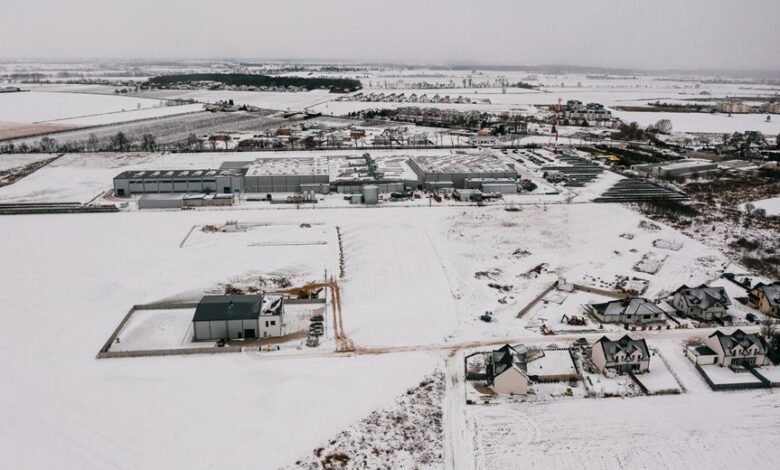3030001146 Missed Call Distribution by Region

The analysis of missed calls to 3030001146 highlights notable regional variations in response rates. Urban areas exhibit quicker call-backs, attributed to superior infrastructure. In contrast, rural regions struggle with connectivity issues, resulting in longer wait times. This disparity raises important questions about the efficacy of current communication strategies. Understanding the underlying factors affecting these patterns could reveal essential insights into improving service delivery across diverse landscapes. What specific strategies could bridge this gap?
Overview of Missed Call Trends
Although missed calls are often perceived as a minor inconvenience, they reveal significant trends in communication patterns across various regions.
These trends indicate varying responses to missed calls, influenced by cultural norms, technological access, and social expectations.
Analyzing missed calls provides insights into call trends, reflecting not only individual behaviors but also broader societal shifts in how people prioritize connectivity and interaction.
Regional Analysis of Call Response Rates
How do regional differences shape call response rates?
Analysis reveals significant regional disparities impacting call response effectiveness. Areas with higher population density often experience faster response rates due to increased resources.
Conversely, rural regions may struggle, facing challenges such as limited infrastructure and fewer personnel.
Understanding these disparities is crucial for optimizing communication strategies and enhancing overall call response efficiency across diverse regions.
Implications of Missed Calls on Service Delivery
Missed calls can significantly hinder service delivery, leading to various operational challenges.
These missed opportunities not only disrupt communication but also impede potential service improvement initiatives. Organizations may struggle to address customer needs effectively, resulting in dissatisfaction.
Moreover, the inability to capture essential feedback limits strategic planning, ultimately affecting overall performance and growth.
Addressing missed calls is crucial for optimizing service outcomes.
Connectivity Patterns Across Different Areas
Connectivity patterns across different areas reveal significant disparities that impact communication effectiveness and service delivery.
Urban connectivity often showcases advanced infrastructure, facilitating rapid information exchange. In contrast, rural accessibility frequently suffers from inadequate networks, hindering effective communication.
This divergence creates challenges for equitable service delivery, emphasizing the need for targeted interventions to enhance connectivity in underserved regions, ultimately fostering greater freedom and opportunity for all.
Conclusion
In juxtaposing the swift response rates of urban areas against the sluggishness prevalent in rural regions, the analysis of missed calls to 3030001146 reveals a stark divide in communication efficacy. This disparity not only highlights the inadequacies of infrastructure in less developed areas but also emphasizes the necessity for region-specific strategies. Ultimately, addressing these differences is imperative for optimizing service delivery, ensuring that all customers, regardless of location, receive the attention and support they require.




